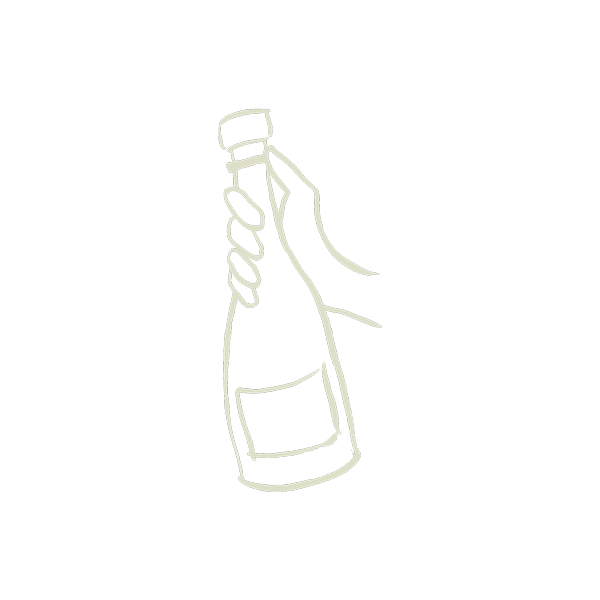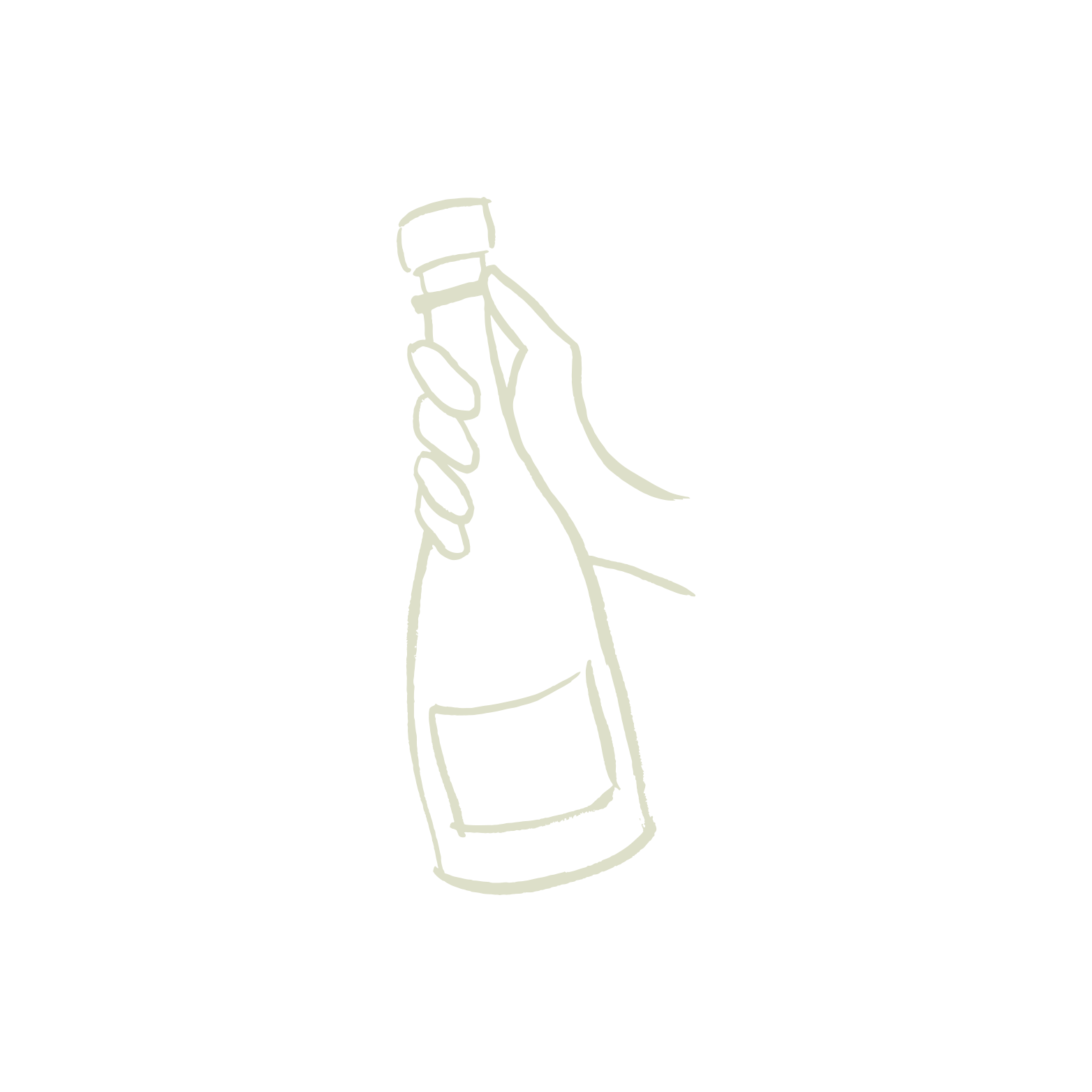What is “Special Club” Champagne?
You may have seen Champagne labeled “Special Club” on the wine list at your favorite restaurant or while pursuing fatcork’s portfolio in our online shop. Or perhaps it's the uniquely shaped fat-bottomed bottle that first caught your eye. However you look at it, Special Club Champagne is, as its name suggests, a very special wine. But what sets it apart from the millions of other bubbles produced in Champagne each year? Let’s dig in:

Above: Champagne Hervieux-Dumez
It begins (and ends) with the growers
Growers are, arguably, the heart and soul of the Champagne industry. Season after season they work the land — skillfully tending their vines to produce the highest quality grapes, protecting and advocating for their vineyards and passing on their knowledge and traditions from generation to generation.
Most of these growers sell the grapes they harvest to the big houses of Champagne — popular brands like Veuve Clicquot, Moët & Chandon and Dom Perignon. With their massive workforces working around the clock, the big houses press the grapes and blend the juice from up to 60 different growers’ vineyards to produce their signature products year after year.
Out of the 16,000 growers in the Champagne region, about 5,000 are grower-producers, those who go on to make their own Champagne from the grapes they grow on their land. This small group of grower-producers is intimately involved in every step of the process from tending the vines and harvesting the grapes to skillfully crafting world-class cuvées that are true representations of Champagne’s unique soils and climate.
But while these grower-producers make some of the most delicious and wonderfully distinct wines from the region, they operated largely under the radar, watching as the big houses’ “tête de cuvées” — wines designated as top of the line — became highly sought after by Champagne enthusiasts and collectors around the world. That is, until grower-producers got together and decided their best Champagnes also deserved to be recognized.

Club Trésors de Champagne
In 1971, 12 of the oldest and most-revered grower-producers in Champagne created the Club Trésors de Champagne. French for “Treasure Club,” the group was founded as a way to showcase the very best vintages of grapes that are most expressive of the unique terroir. It was also designed to create awareness of the regions’ originality and incredible abilities to produce some of the best Champagne in the world. They adopted a new classification called “Special Club Champagne,” which each member would bestow on the most premier bottles of their estate – in essence, their own tête de cuvées.
Though the club has expanded over the years (it now included 29 grower Champagne domaines), the rules are the same as they were from the beginning.
To be classified as a Special Club Champagne, the cuvée must be produced with grapes from only the most outstanding vintages and harvested from a Club Trésors de Champagne member’s own vineyards. It must also be bottled and aged at the member’s estate.
To become a member of the club, the interested party must, first and foremost, be a grower-producer — growing and tending their own grapes on their own land with total control over everything from farming to its winemaking methods and practices. If that criteria is met, their Champagnes go through a rigorous process of tastings by a panel of experts that assess the wines for balance, quality and, most importantly, expressive terroir.
Becoming Special Club
Once a grower-producer joins the Club Trésors de Champagne, they become part of an elite group of winemakers dedicated to excellence at every stage of the Champagne-making process. They also play a part in determining which of their wines becomes Spécial Club.
Here’s how it works:
Every year in February, club members gather to taste the top Champagnes from each grower-producer in the club. They begin by tasting vin clair (still wine) from the previous harvest. At this stage, they look for quality in the overall vintage in order to determine by unanimous vote whether the vintage is worthy of being deemed a Special Club Champagne.
If the vintage is indeed Special Club material, each grower-producer must again submit their most promising wine for two blind tastings administered by an independent panel of oenologists. In the first blind tasting, the panel examines the vin clair. If the vin clair passes the first rigorous round, it becomes a Special Club wine. It is bottled and left to undergo second fermentation.

Above: Champagne Hervieux-Dumez
A special bottle for Special Club Champagne
The Special Club bottle is instantly recognizable due to its uniquely-shaped green glass and embossed badge on the collar of the bottle that signifies the astute attention to detail and hardwork of the winemaker. All vin clair that receives Special Club status is bottled in this distinctive and uniform, fat-bottomed bottle and affixed with the same label to demonstrate they are part of a collective group. The only noticeable difference on each bottle is the respective grower-producer’s name and logo on the label.
The final test
After a minimum of three years, the panel puts the Special Club cuvée through another blind tasting to determine its final approval. While it rarely happens (since the first test is the real hurdle), if a Special Club wine doesn’t pass its final test after second fermentation, the member must rebottle it as a non Special Club cuvée.
While, by design, each Special Club Champagne features a unique expression of terroir and the grower-producer’s style and skill, you can count on the fact that every Special Club Champagne has gone through a rigorous evaluation process to prove itself as the crème de la crème of grower Champagne.
Explore and expand your understanding of Special Club Champagne with the most excellent bottle below.
Special Club Millésime 2018 Brut Nature
Cheers!
Team fatcork


